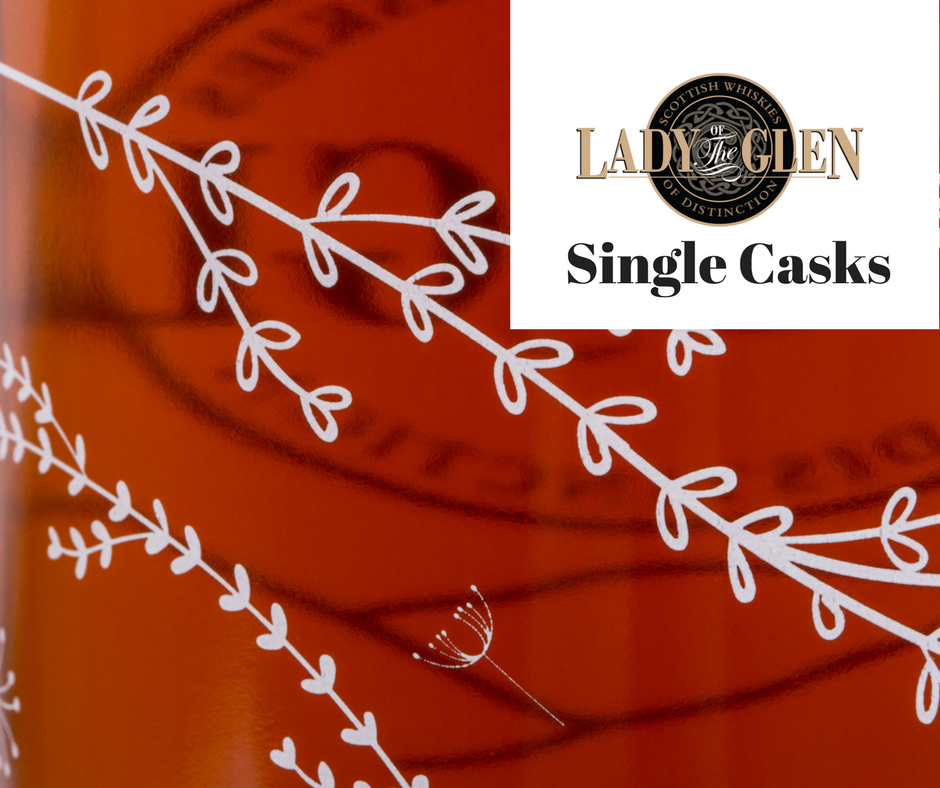The Way Independent Bottlers Work

A distillery will produce thousands of litres of spirit which is filled into hundreds of oak casks of varying quality and type, no two casks are the same each are unique. These casks are then left in warehouses for maturation which again exposes the spirit to variances in temperatures and warehouse climates which influences the spirit and results in each cask containing a slightly different spirit. These variances are enhanced the longer the maturation. Typically 2% of the spirit is lost each year due to the Angel’s share/evaporation.
When it comes to bottling the distillery will vat the casks together to produce a vintage and a homogenous spirit, this will make up their typical 10 year old or 15 year old single Malt Whisky release, which are their casks matured for at least those number of years. This allows the distillery to release thousands of bottles that taste the same which makes production and marketing much cheaper and easier. The distillery may also add water to reduce the strength of the spirit to a more approachable 46% which also increases the bottle yield.
An independent bottler will acquire just one of these casks and release it, either after a longer maturation or after re-racking (changing the original cask that the Whisky was filled in) it’s really up to their discretion but it should reveal a unique spirit independent of the distillery’s own. However, a single cask will only have a few hundred bottles depending on the cask age and type, the older the cask the fewer bottles and an independent will more likely release their Whisky at cask strength over 50% which is the natural alcohol strength from the cask.
Casks are acquired through a variety different means for lots of different reasons perhaps the cask doesn’t suit the traditional recipe of the distillery or the distillery produced more casks than expected or a private seller acquired a cask as an investment which they now wish to sell.
Whisky flavours
The cask a Whisky is matured in is responsible for 50% to 80% of the bottled Whisky’s flavour.
The flavours you can expect from each type of cask are expressed below.
Bourbon Casks –Previously contents are American Bourbon Whiskies. The casks can no longer be used for the maturation of Bourbon due to legal restrictions so they have historically been used for the maturation of Whisky. You can expect Whisky aged in a bourbon cask to have tastes associated with Vanilla, fudge, honey, different nuts like hazelnuts and almonds and even coconut. Typically around 90 of Single Malt is matured in Bourbon casks.
Sherry Casks or Butts – Becoming much rarer and harder to find. Previously used for varieties of Sherry like Fino, Oloroso and Amontillado among others from Europe. With Sherry you would expect to get a heavier and richer range of flavours, common flavours include – slightly sweeter than bourbon, toffee, winter berries, cherry, raisins and spices like ginger will be more prevalent.
Rum – fruity, vanilla and buttery with spices like pepper and paprika
Port – similar to Sherry with different varieties from Tawny port to Ruby port with typical flavours of more red berry fruits and dark chocolate
Wine –Influenced by the style i.e. sweet wine, grape variety and region of growth but typical flavours are sweet, dried fruits and raisins
Other cask varieties include virgin Oak/clean barrels which have no previous contents and ex brandy barrels.
Size
Refill Casks – A first fill cask refers to the first time it has been used for Whisky since it last contained the Bourbon or Sherry. Spirit in a first fill cask will extract more flavour from the cask and the spirit it previously contained compared to when it is used the second or third time because as the cask is used there is less and less flavour extracted until it becomes exhausted and of no use. A cask shouldn’t be used more than three times.
Size of Cask – The larger the cask the less exposure to wood and the less intense flavour. A quarter Cask/Octave for instance provides lots of spirit and wood contact and they are mainly used to give Whisky flavour quickly, however Whisky left too long in quarter cask can be overpowered by the wood.
Butts – will have previously contained a Sherry of some style and will contain around 500 litres of Whisky
Hogsheads – Bourbon casks are typically Hogsheads which can contain 200 litres of Whisky
Barrels – Usually used with Bourbons and can contain 128 to 200 litres of Whisky
Octaves – Small 50 litres barrels that provide extreme wood and spirit contact encouraging faster oak extraction and evaporation.
Finishing in casks/double wood matured or wood finished – a process of placing the Whisky from one cask into another so that the Whisky can take on some of the flavours associated with that second or third cask. It is a process used to make a spirit more unique or palatable.